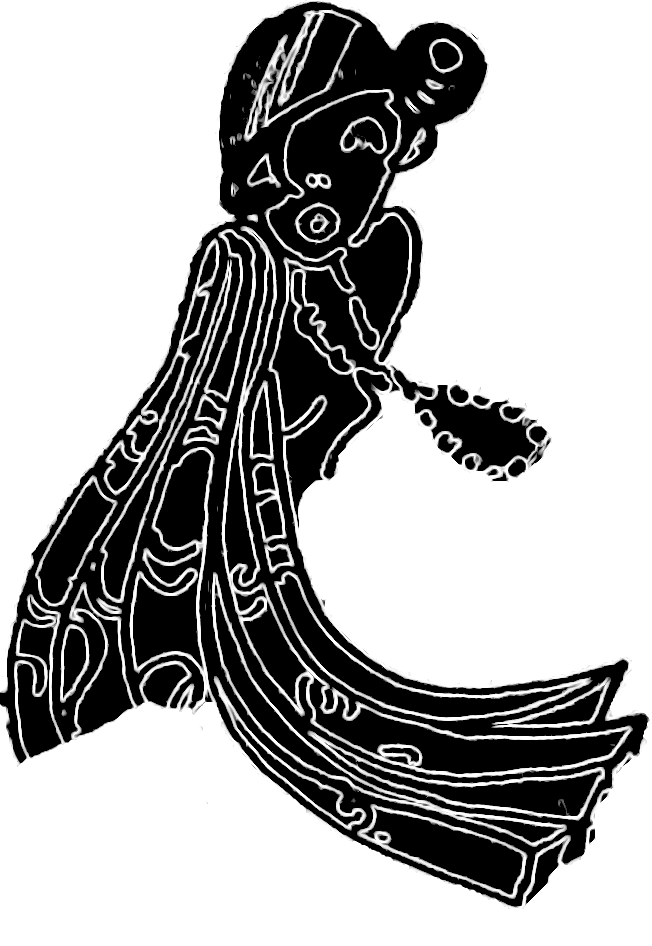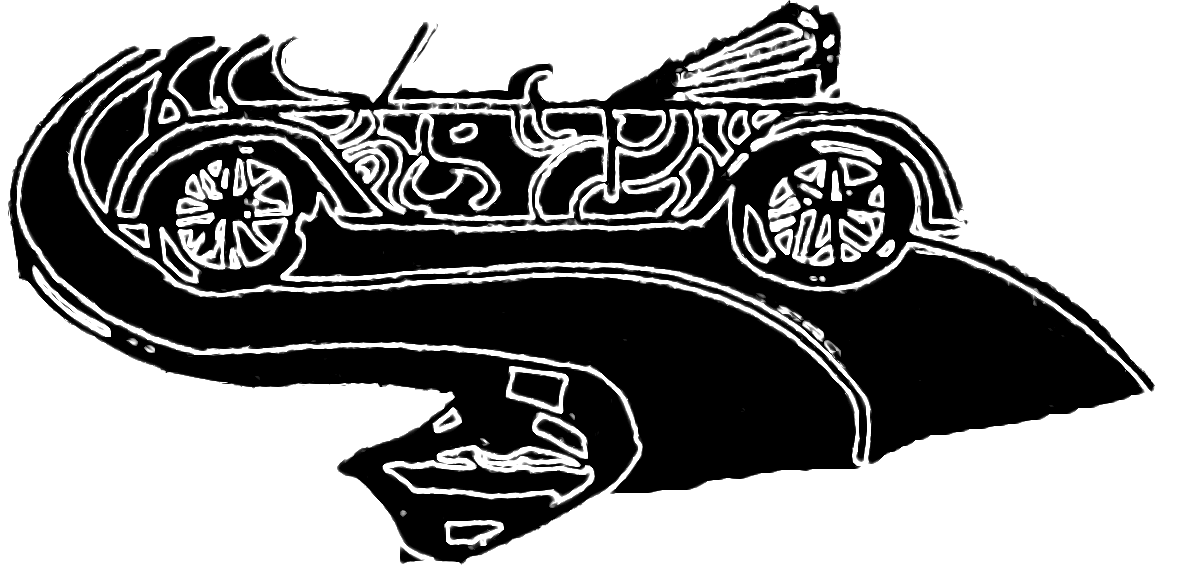The exhibition

The virtual exhibition 1972. Fashion, design, history starts from a pivotal date, the year 1972, with the aim of collecting and valorising the vast collection of project documents on fashion and design housed in the CSAC archive: while the conveyor belt of fashion and design runs uninterrupted both prior to and after this date, the latter represents a crucial moment in time set against a backdrop of important events.
The aim of the exhibition is thus to highlight a project culture linked above all to the world of fashion and design, a world that CSAC has documented since its foundation in 1968.
The title of the this virtual exhibition references an important study by CSAC, Moda Media Storia, a volume published only in 1989 but based on work meetings that took place in November 1984.
In the early 1960s, two crucial moments inevitably left a mark on the history of fashion and design.
In 1972 the exhibition Italy: The New Domestic Landscape curated by Emilio Ambasz was staged at the MoMA in New York. The show represented an unqualified acknowledgement of Italian design and at the same time became a tool promoting the country’s industrial plan.
The CSAC archive contains a number of projects relating to works on show, including: Kartell furniture in fiberglass by Ettore Sottsass Jr, projects by Archizoom Associati, the mobile house by Alberto Rosselli and preparatory sketches by Mario Bellini for his Kar-a-sutra concept car.
As for fashion, 1971 is considered a pivotal date as it was the year that Walter Albini – a pioneering designer whose oeuvre is documented in CSAC with some 4191 works, including around 2800 technical sketches and drawings, 352 items of clothing, 137 pairs of shoes, 161 hats, 15 bags, 55 scarves, headscarves and sarongs and 189 sundry accessories – moved his catwalk shows from Florence, the home of fashion, to Milan in order to set in motion an industrialisation process that would characterise the whole production chain linked to prêt-à-porter fashion and Italian design. Giorgio Armani, Krizia, Gianni Versace, Franco Moschino, Cinzia Ruggeri and Gianfranco Ferré are among the most emblematic figures documented by CSAC with over 60,000 works ranging in date from 1969 to 2000.
The exhibition thus focuses on everything revolving around the human body, which is represented by flat sketches and investigated through the environments, objects and experiments by members of the Radical Architecture movement, for example by the Body Group of Global Tools 1974-1975 and the Dressing is Easy project by Archizoom.

The exhibition is divided into monographic rooms and into three sections that take their cue from the title itself.
- Italian Fashion Section: The key focus of this section is the design of Walter Albini and all those designers who helped to create the ‘Made in Italy’ label.
- MoMa Design Section: This section focuses on the renowned exhibition titled Italy: The New Domestic Landscape and on the project material linked to several works on show.
- History Section: this section proposes a timeline retracing the history of CSAC, with exhibitions and publications, interwoven with the works on show.




